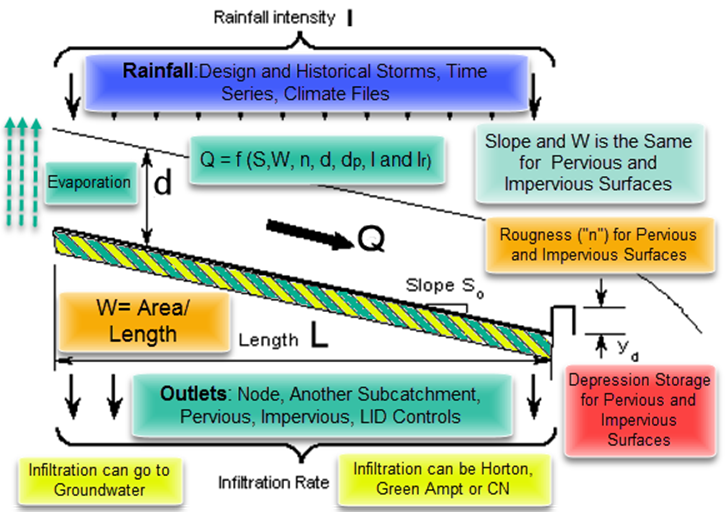The file "opwrowobjectlayoutswmm.xml" is a data file used by the Integrated Urban Water Management Model (ICM) software. The ICM software is used to simulate and analyze the performance of stormwater management systems, including the design and operation of stormwater collection and conveyance systems.
The file "opwrowobjectlayoutswmm.xml" contains variable names specific to the SWMM (Storm Water Management Model) conduit feature in the ICM software. These variable names are used in SQL and Ruby scripts, which are programming languages used to manipulate and analyze the data generated by the ICM software.
The variable names in this file include the definition of the conduit, such as the id, us_node_id, ds_node_id and branch_id, as well as the conduit properties, such as the length, shape, shape_curve, transect, horiz_ellipse_size_code, vert_ellipse_size_code, arch_material, arch_concrete_size_code, arch_steel_half_size_code, arch_steel_inch_size_code, arch_plate_18_size_code, arch_plate_31_size_code, conduit_height, conduit_width, number_of_barrels, roughness_HW, roughness_DW, top_radius, left_slope, right_slope, triangle_height, bottom_radius, shape_exponent, us_invert, ds_invert, us_headloss_coeff, ds_headloss_coeff, Mannings_N, bottom_mannings_N, roughness_depth_threshold, initial_flow, max_flow, sediment_depth, av_headloss_coeff, seepage_rate, flap_gate, culvert_code.
These variable names are used to represent the different attributes of a conduit within the ICM software and the SQL and Ruby scripts allow users to access and manipulate that data in a variety of ways.
<table name="sw_conduit">
<group name="Conduit definition">id
us_node_id
ds_node_id
branch_id
</group>
<group name="Conduit properties">
length
shape
<field menu="sw_shape">shape_curve
<field menu="sw_transect">transect
horiz_ellipse_size_code
vert_ellipse_size_code
arch_material
arch_concrete_size_code
arch_steel_half_size_code
arch_steel_inch_size_code
arch_plate_18_size_code
arch_plate_31_size_code
conduit_height
conduit_width
number_of_barrels
roughness_HW
roughness_DW
top_radius
left_slope
right_slope
triangle_height
bottom_radius
shape_exponent
us_invert
ds_invert
us_headloss_coeff
ds_headloss_coeff
Mannings_N
bottom_mannings_N
roughness_depth_threshold
initial_flow
max_flow
sediment_depth
av_headloss_coeff
seepage_rate
flap_gate
culvert_code
